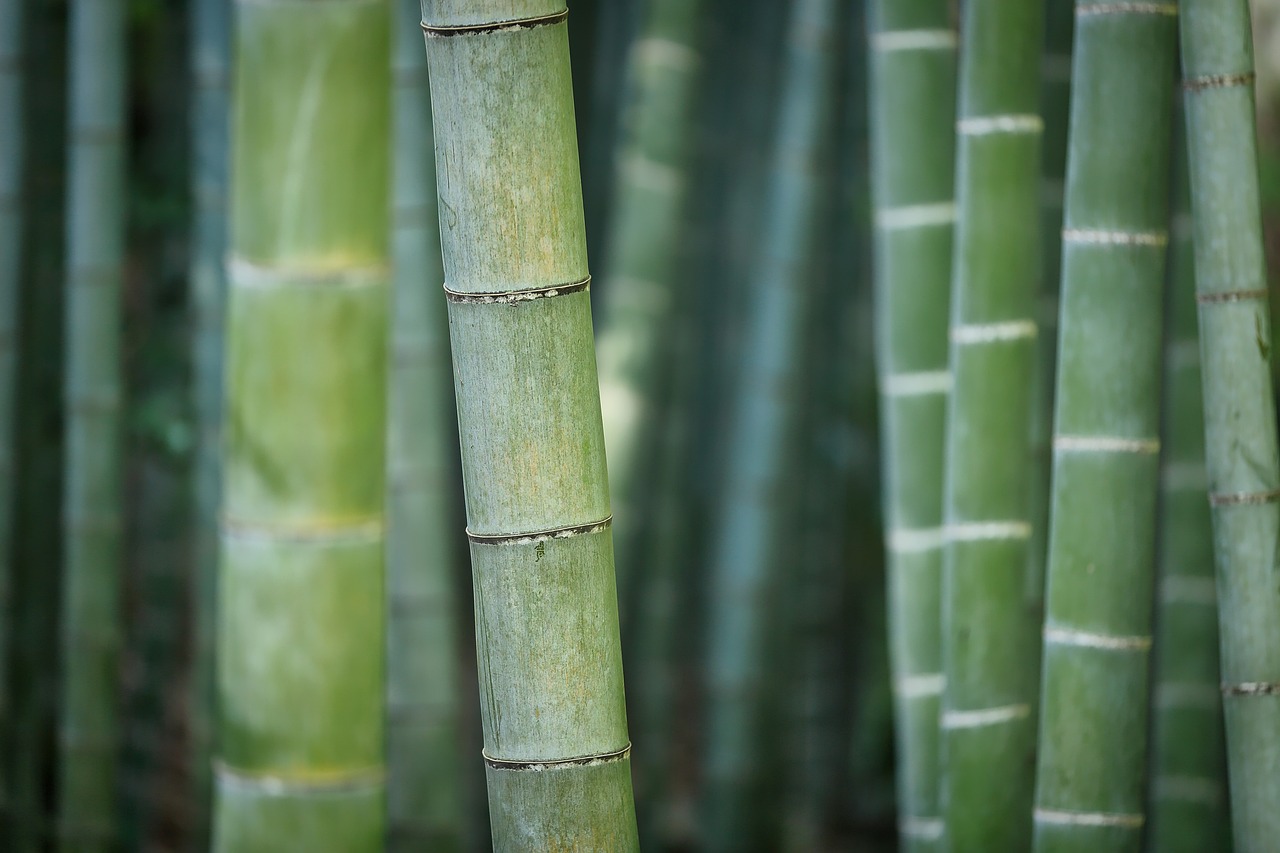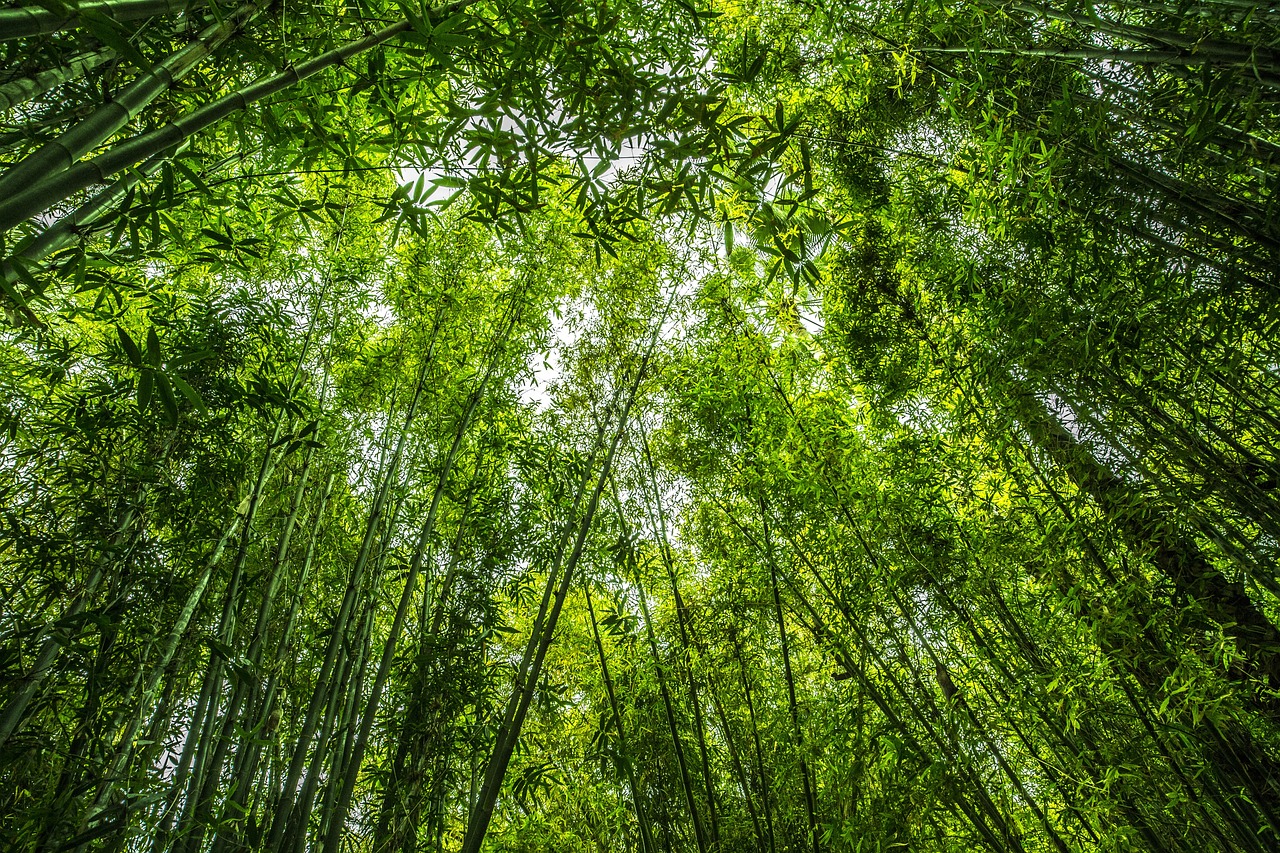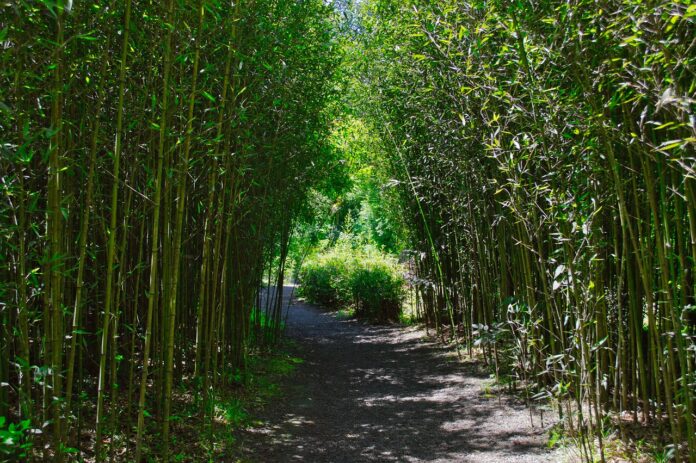Even though bamboo belongs to the grass family, it’s not often used in food. However, in Asian countries, there are countless ways to apply this seemingly unremarkable plant. So, what don’t we know about bamboo?
Culinary Uses
In countries where bamboo grows in abundance, it’s rarely used in the food industry. This is because only certain parts of the plant are edible, and even those only at specific stages of growth. Such complexity forces people to rely on traditional recipes and “grandmother’s” cookbooks. It’s in these sources where practical and resourceful farmers recorded how to serve bamboo in the most appetizing way.
Young shoots are most commonly used, especially those that have not yet developed a tough outer layer. The tender young shoots are often pickled and stored until the next meal. In this form, they can easily be added to various salads and appetizers. Bamboo is believed to enhance the taste of meat, making it a key ingredient in many warm salads.
In China, these young shoots are also added to vegetables when stir-fried, as the wok, the main cooking tool, helps retain the crispness and aroma of any plant-based ingredients.
Bamboo is also intriguingly used in Japanese cuisine. The famous sushi from the “Land of the Rising Sun” is sometimes served in hollow bamboo stalks. While some may think this is just for decoration, the Japanese know that the tender bamboo flavor enhances the dish, which is why they happily eat it all together.
Mysterious Flowers
The phenomenon of bamboo flowering remains a mystery for botanists worldwide. First of all, bamboo flowers only appear once every 100 years or more. How can we explain this reluctance of the plant to bloom? This rare feature may have helped bamboo forests survive. Bamboo grows at an incredible speed, gaining millimeters in just minutes. If it bloomed as frequently as it grew, the surrounding areas would quickly be overrun by rodents drawn to the scent of the fruit.
Historical records indicate that during the rare days when bamboo bloomed, nearby villages were swarmed by mice, rats, and voles, which destroyed all the wild bamboo plants and then moved on to the rice and millet fields of local farmers. Even without pests, bamboo itself dies after flowering. The process is so energy-consuming that the plant begins to wither within a day.
The strangest and most inexplicable fact is the simultaneous flowering of bamboo. This phenomenon occurs when plants that grew from the same root but were later separated by shoots or cuttings bloom almost simultaneously, even if they are thousands of kilometers apart.
One bamboo tree might be shading tourists in Japan, while another is growing in the fields of Latin America. Yet, when one begins to show signs of flowering, the other soon follows. This phenomenon has yet to be scientifically explained. However, it is known that bamboo flowering doesn’t bring much joy to plantation owners, who know that the plant will soon die.
Saving the Planet
Considering that bamboo is the fastest-growing plant on Earth, it can be harvested at an accelerated rate. While many countries, without much concern for the planet’s ecology, focus on cutting down long-lived trees, China and other Asian countries have long been using bamboo to produce furniture, utensils, and many other everyday items. Resourceful Asians have been making paper, spices, medicines, and even charcoal from bamboo for years, which is essential for life outside large cities.
Additionally, bamboo produces almost 40% more oxygen than any other tree on Earth. However, it’s challenging to manage such a fast-growing giant. Industrial bamboo plantations require daily care. Otherwise, within just a few weeks, bamboo might block the sun from nearby buildings or even overrun local crops.
One of the most interesting applications of bamboo was found by a computer hardware company. Only Asus currently produces laptops with an exterior that consists almost entirely of durable and visually pleasing bamboo. This choice is both environmentally friendly and a smart branding move, as unique products always attract buyers’ attention.
A Dark Past
Bamboo has some secrets it might prefer to keep hidden. Centuries ago, bamboo was used in one of the most inhumane torture methods. Particularly guilty enemies in certain Asian countries were hung vertically in a stretched position above a small bamboo shoot. We already know how fast bamboo shoots up toward the sun. Within just a few hours, the agonizing screams of the condemned would echo throughout the city! The victim’s death, though inevitable, was long and excruciating.
Few dared to witness such a gruesome spectacle, but as a method of instilling fear, it was remarkably effective.
Today, such torture is only known through ancient texts and books. Just as we shouldn’t judge a person by their past, we shouldn’t judge bamboo by its dark history. Especially now that it has found such broad and beneficial uses. Today, bamboo brings only benefits to society and the environment. Let’s hope this remains the case in the future!
